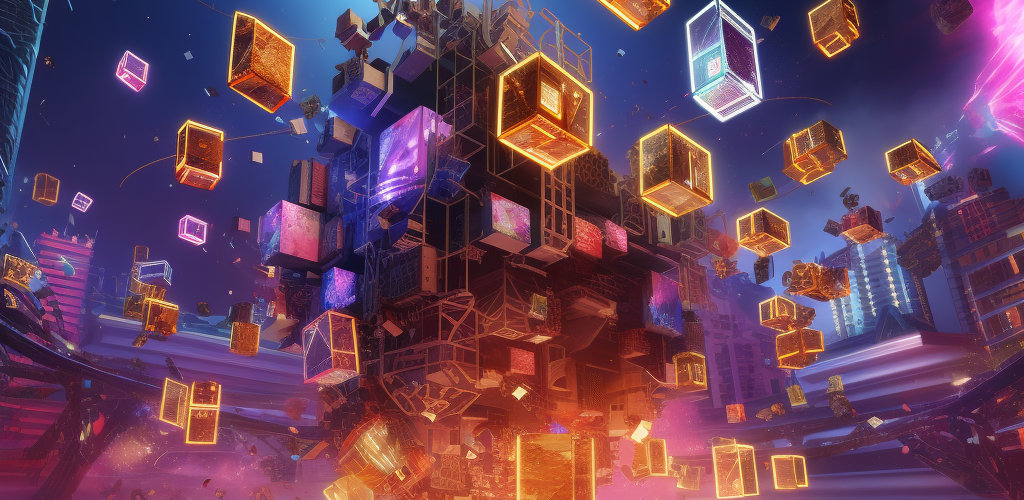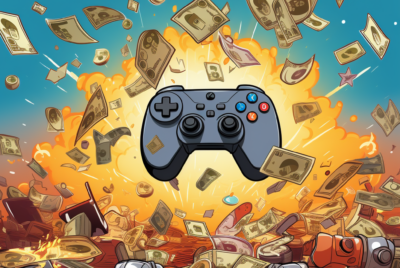Recent years have seen a tremendous change in the gaming industry, partly due to developments in blockchain technology. P2E, or play-to-earn, is a ground-breaking idea that is revolutionising the video game market. It has arisen as a brand-new industry that combines the excitement of gaming with the opportunity for profit. This essay will go into the intriguing realm of P2E and examine how it is altering the blockchain gaming industry.
What is P2E?
With the unique Play-to-Earn (P2E) gaming paradigm, users may engage in a variety of in-game activities to earn both real-world incentives and cryptocurrency. P2E games enable players to monetize their talents, time, and effort in contrast to traditional gaming, where users commit time and money with no apparent results.
How Does P2E Work?
Blockchain technology, which is the foundation for P2E games, guarantees the security, immutability, and transparency of in-game assets and transactions. Here is a brief explanation of P2E’s operation:
- True Ownership of In-Game Assets: In P2E games, players actually own in-game assets like characters, objects, or real estate, which are recorded on the blockchain as non-fungible tokens (NFTs).
- Earning While Playing: By engaging in a variety of in-game activities, such as finishing missions, triumphing in combat, or creating things, players may earn prizes. These incentives may come in the form of bitcoin, NFTs, or other priceless items.
- Trade and Sell: In decentralised markets, players may freely trade, sell, or exchange their in-game possessions. This enables the development of a virtual economy where gamers may make money off of their gaming successes.
- Staking and Governance: Some P2E games give players the chance to earn more money by staking tokens, taking part in governance processes, or contributing money to decentralised exchanges.
Advantages of P2E
- Financial Incentives: P2E gives players a creative method to make money while taking part in their favourite activity. Players may earn money off of their abilities and commitment, thus converting a pastime into a source of income.
- True Ownership: Blockchain technology assures that players have true ownership of in-game goods. As a result, game makers cannot arbitrary take away or devalue assets.
- Openness and Trust: Because blockchain is decentralised, it promotes openness in asset ownership and transactions, which lowers fraud and game cheating.
- A fresh gaming experience: P2E games frequently include original gameplay mechanics and economic structures, providing players with an immersive and fascinating gaming experience.
P2E Game Examples
- RBLA: https://www.mindravel.com/portfolios/rdb-la/
- Perky Pikas: https://www.mindravel.com/portfolios/perkypikas/
Problems and concerns
While P2E has intriguing prospects, it also faces difficulties and worries, such as:
- Scalability: To handle the increasing number of P2E players and transactions, blockchain networks must address scalability challenges.
- Regulatory ambiguity: In some places, there is ambiguity due to the fact that the regulatory environment for cryptocurrencies and blockchain-based games is still developing.
- Accessibility: Not everyone has access to the tools and resources needed to take part in peer-to-peer gaming.


